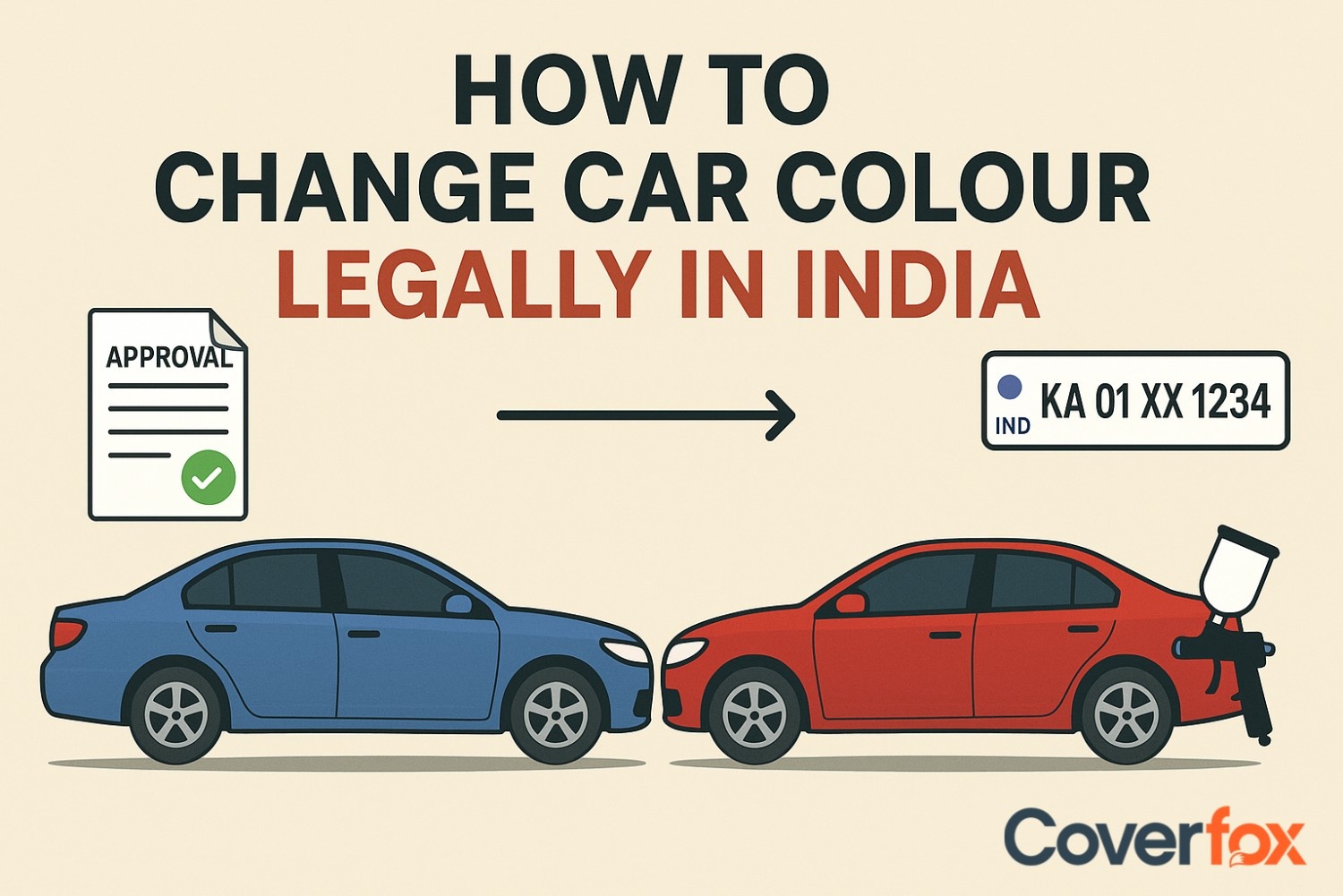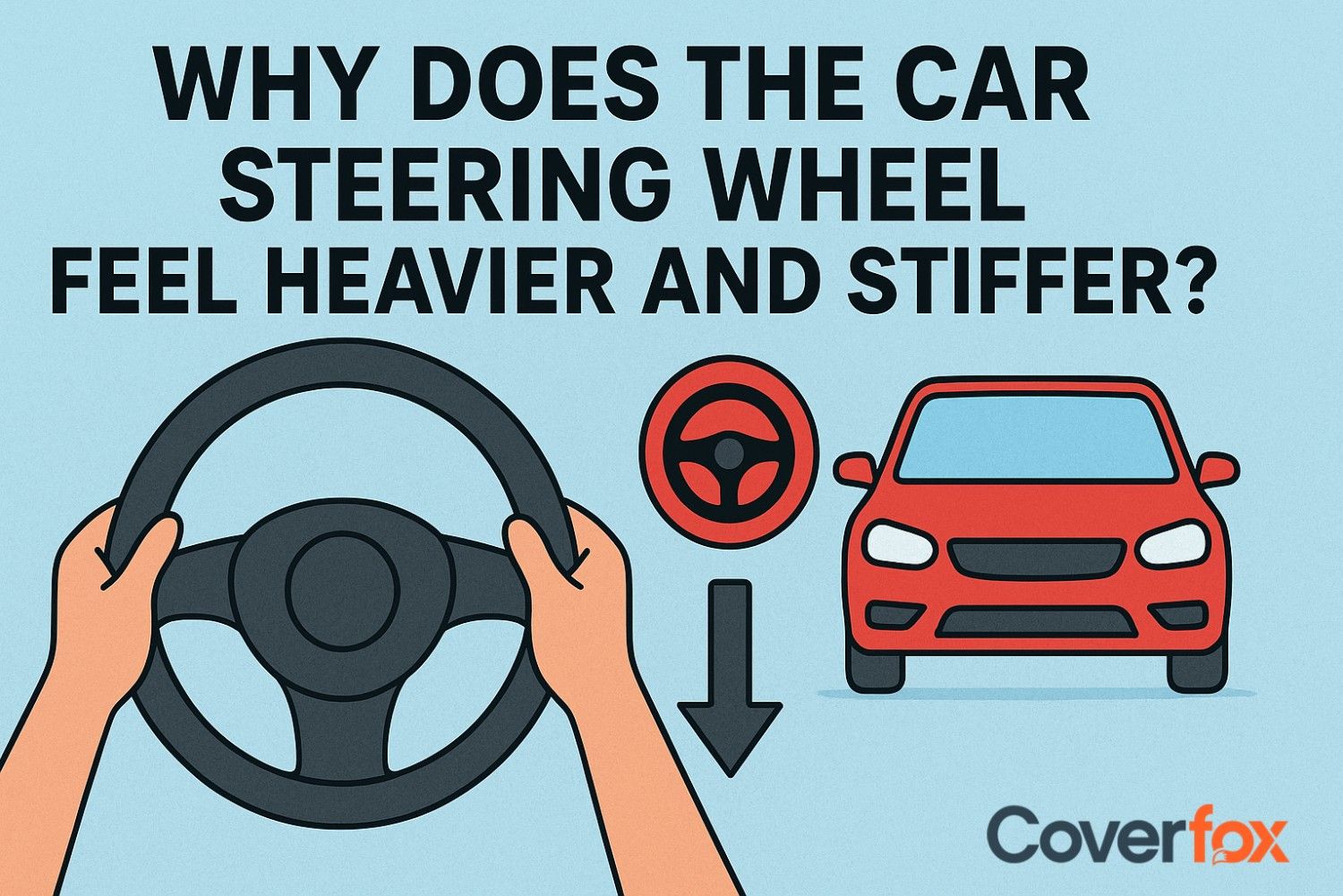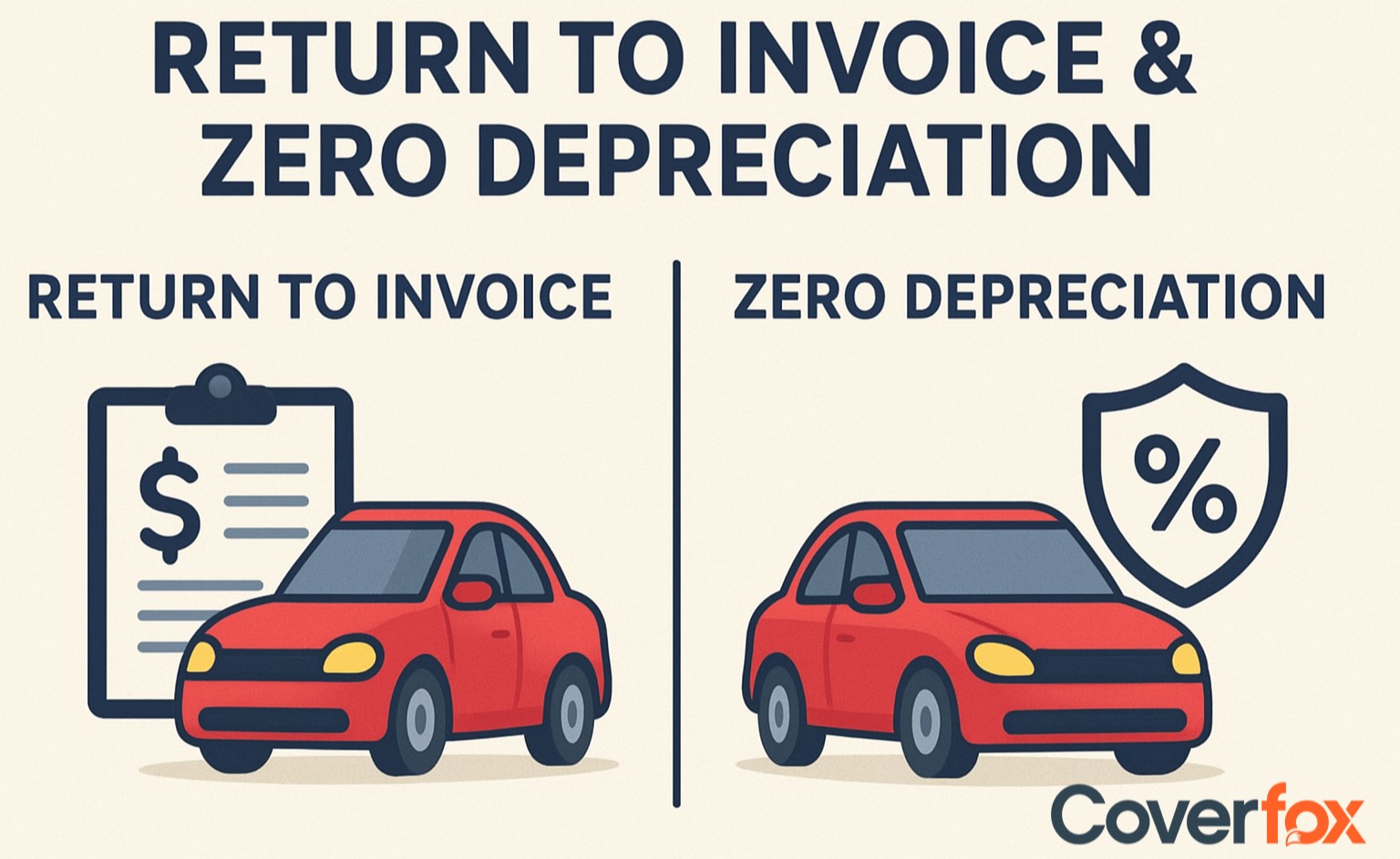Traditionally, while reversing a car, the driver usually looks back over the rear windshield to properly navigate and manoeuvre the car. But, with advancements in technology, this has been made easier using cameras.

This tech has allowed the driver to easily reverse the car, without physically turning back. It also eliminates the risk of blind spots for many cars. In this article, we will explore what reverse cameras in cars are, how they function, and the various types available on the market.
What is a Reverse Camera in Cars?
Reverse cameras are cameras that are fitted on the rear of the car, generally near the licence plate or the handle, to check the rear view of the car. It shows live footage of the rear view as the driver puts the car in reverse gear. This footage is displayed on the dashboard or the rear-view mirror screen, helping the driver manoeuvre the car with ease and no hassle.
How do Reversing Cameras Work?
The reverse camera has mainly 2 components, the camera and the digital screen that displays the live feed. Here is a step-by-step guide on how reverse cameras work;
- The camera starts as the driver shifts to reverse gear.
- It captures a live video feed of the area behind the car.
- The feed is transmitted instantly to the dashboard screen.
- A wide-angle lens provides a broader view than rear-view mirrors.
- Guidelines (static or dynamic) are overlaid for parking assistance.
- Some systems include sensors to detect nearby obstacles.
- The driver uses this live view to reverse safely and accurately.
Types of Reverse Cameras
Generally, the reverse cameras are of 2 types:
1. Wired Reverse Cameras
The camera is physically connected to the display screen using cables.
Pros:
- More stable and reliable video signal.
- Better video quality with no interference.
Cons:
- Complex installation — requires running wires through the vehicle.
- Installation may take longer and involve removing panels.
2. Wireless Reverse Cameras
The camera transmits video to the screen via a wireless signal, often using radio frequency or Wi-Fi.
Pros:
- Easier and quicker to install, especially in older vehicles.
- No need to route long wires through the car.
Cons:
- Signals can suffer from interference or lag.
- Slightly lower video quality compared to wired options.
Advantages and Disadvantages of a Reverse Camera in Your Car
The benefits and disadvantages of a reverse camera in a car are:
| Advantages | Disadvantages |
|---|---|
| Enhances rear visibility | Can be expensive to install or repair |
| Reduces risk of accidents while reversing | May not work properly in bad weather (fog/rain) |
| Helps detect small obstacles and blind spots | Limited field of view in some basic models |
| Aids in precise parking in tight spaces | Wireless systems can face signal interference |
| Useful for drivers with limited neck mobility | Requires regular cleaning and maintenance |
| Can integrate with parking sensors for accuracy | Dependent on screen quality and camera resolution |
Reverse Cameras Installation
The process for installing a reverse camera is:
Choose the Camera Type
Select wired or wireless, and the mounting location (licence plate, bumper, etc.).
Mount the Camera
Secure the camera in the chosen spot, usually near the rear licence plate or bumper.
Run the Wiring (for wired cameras)
Route the video cable from the rear of the vehicle to the dashboard, usually under panels or carpet.
Connect to Reverse Light
Tap the power wire into the reverse light circuit so the camera activates when reversing.
Install the Display Unit
Mount the screen on the dashboard, rear-view mirror, or integrate with the infotainment system.
Connect Power Supply
Ensure both camera and display get power — either from the fuse box, or reverse light.
Test the System
Shift into reverse to check if the camera activates and displays correctly.
Secure All Components
Fasten all wires neatly and close any removed panels.
How Much Does a Reversing Camera Cost?
The price of a reverse camera for a car depends on various factors like the quality of the camera, display system, type of camera (wired or wireless), installation charges, etc. Generally, it ranges from ₹5,000-₹10,000. If opting for a more advanced camera, which may have features like night vision, anti-fog screen, obstacle detection, etc, would cause more. Also, a professional installation will add to the total cost of the reverse camera, as installing a wired reverse camera is a complex process.
Key Takeaways
Reverse cameras have revolutionised the reversing process while driving a car. It has increased safety, reduced hassle and made reversing a lot easier for amateur and experienced drivers. The dynamic guidelines from the reverse camera also help out in parking, which is one of the most troublesome activities for a driver. Investing in a rearview camera is a smart choice, as you are focusing on your safety, the same way you secure your financial well-being through car insurance. Coverfox provides one of the best platforms for comparing car insurance price and will help you make the best decision.
Also Read:
What is a Car ORVM? How Does it Work?
The Importance of Engine Protection Cover in Car Insurance
How to Transfer Your Car Insurance Policy
Frequently Asked Questions
What are the benefits of using a reverse camera?
No need to look back to get a rear view, no neck problems, avoid potential blind spots, and assist in parking are a few benefits of having a reverse camera.
Can I use a reverse camera at night?
Yes, reverse cameras are fully functional at night; however, in not-so-well-lit areas, you might need a reverse camera with a night vision feature.
Which is best, a reversing camera or a sensor?
Both have their own merits; however, a reverse camera is more reliable as it shows you the live feed of what's happening behind your car.
Can a reverse camera be installed in any car?
Yes, reverse cameras can be installed in any car.
Can reverse cameras prevent all accidents while reversing?
A reverse camera does not give out a 100% guarantee to avoid accidents, but it goes a long way in preventing one.





